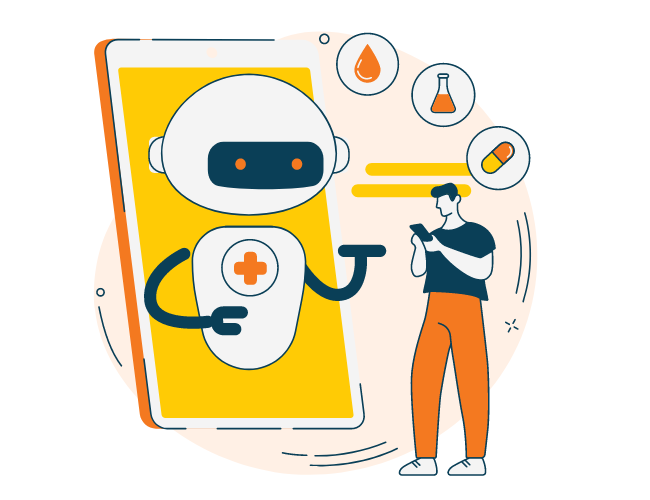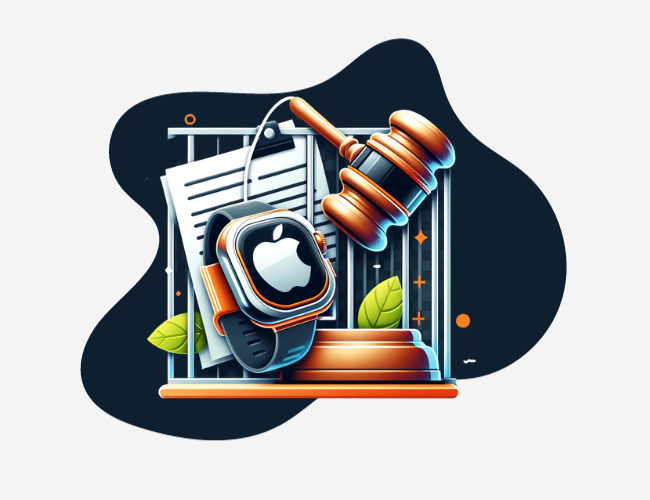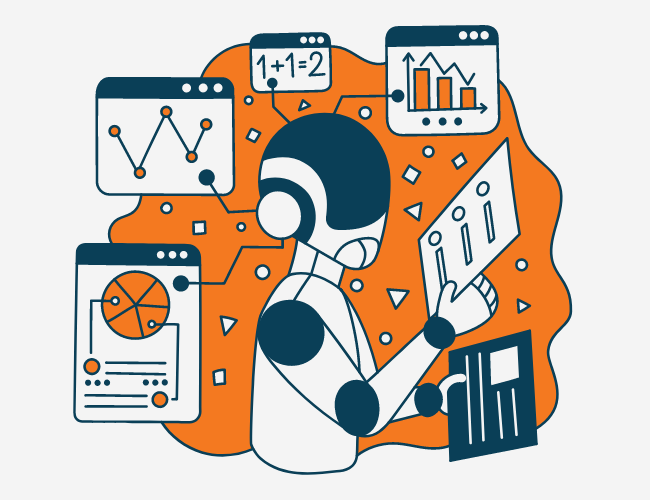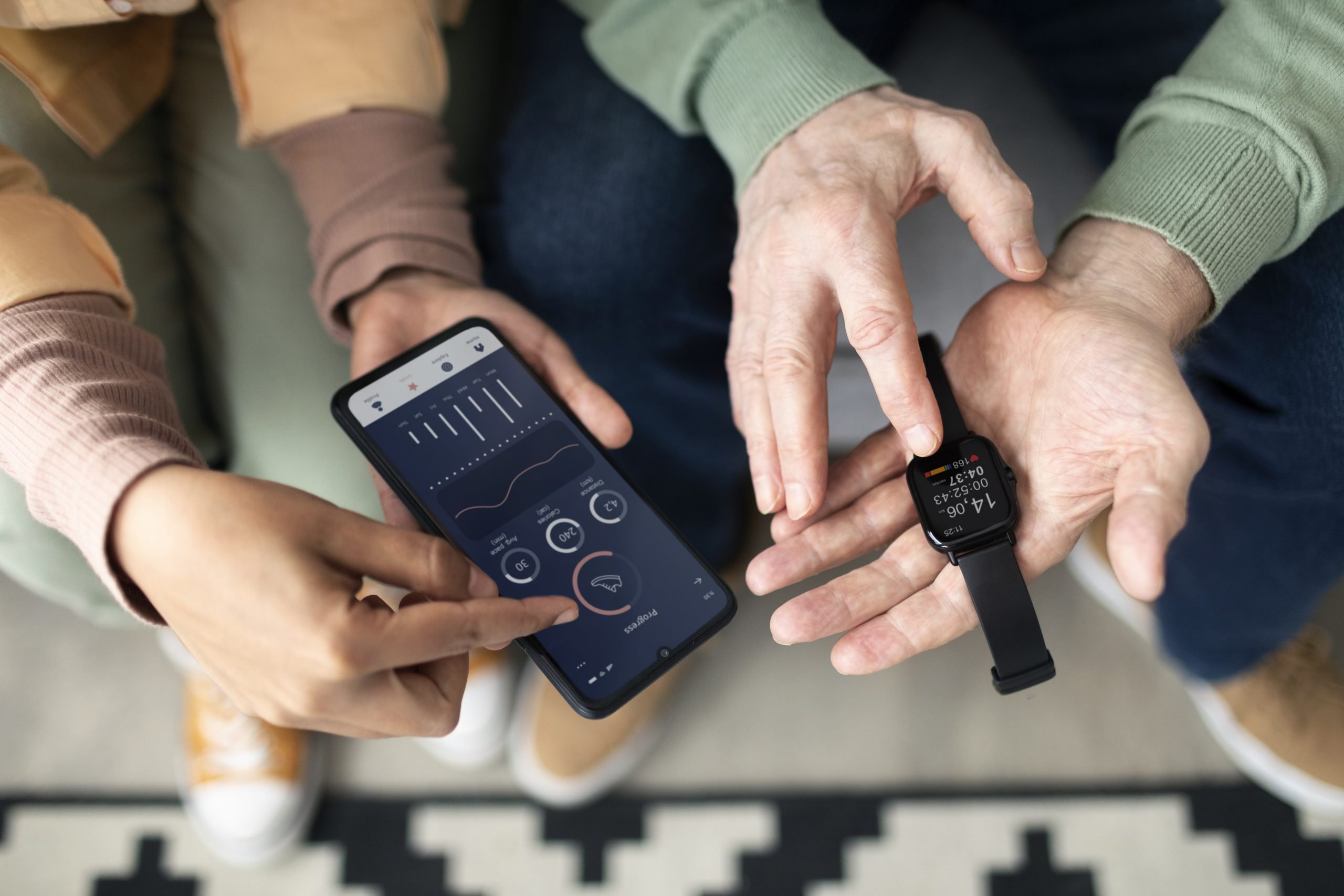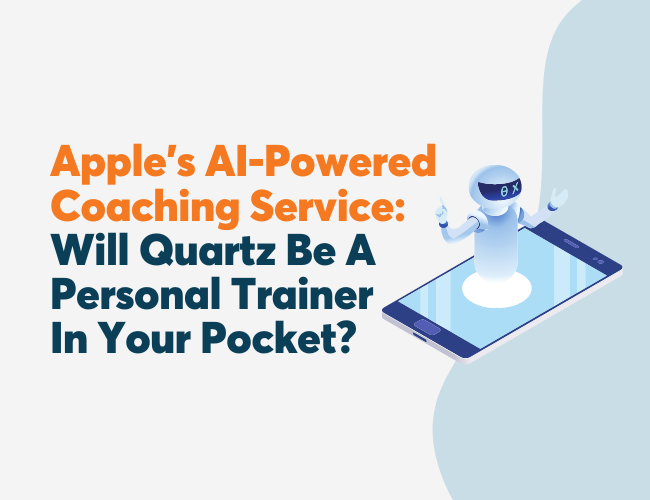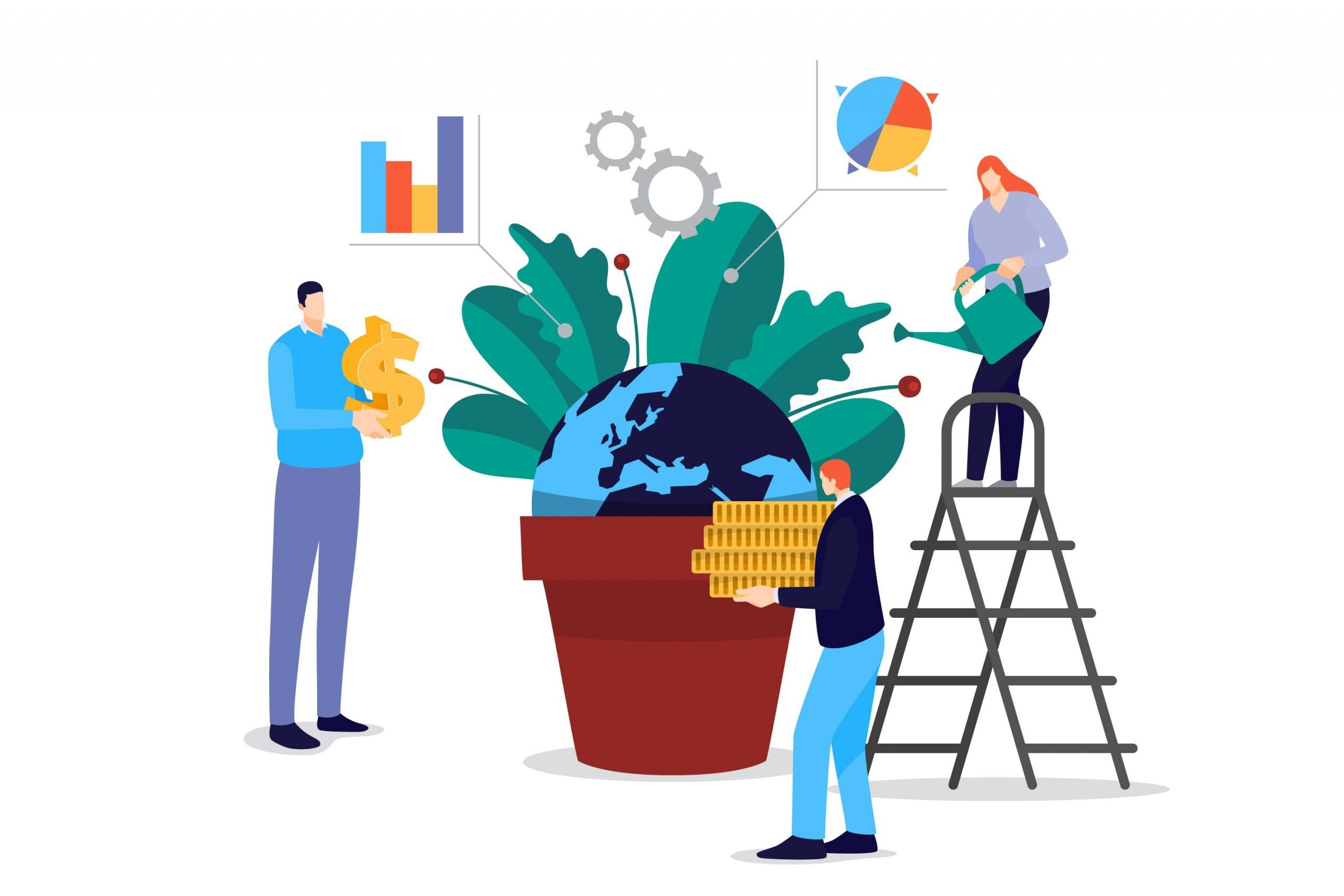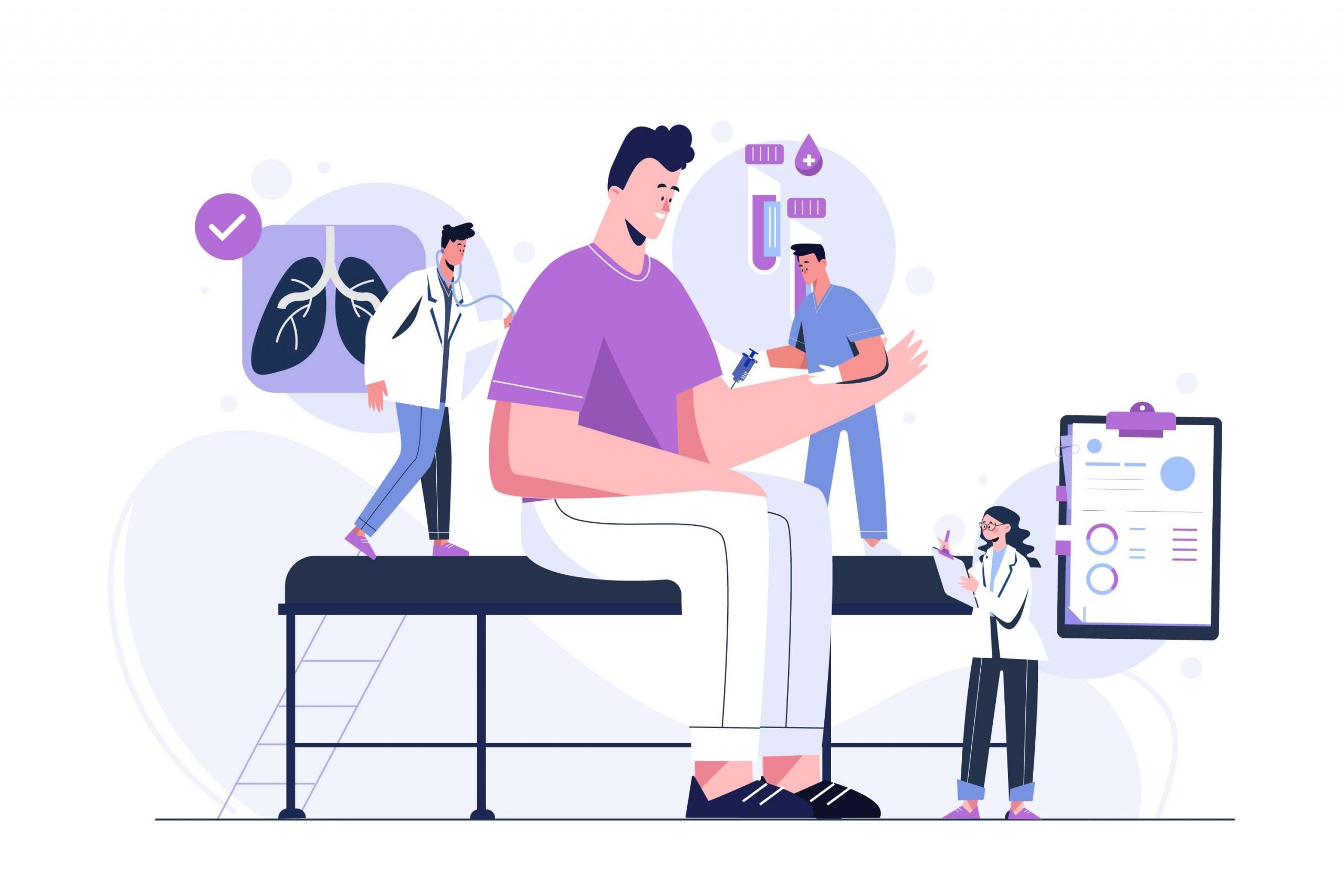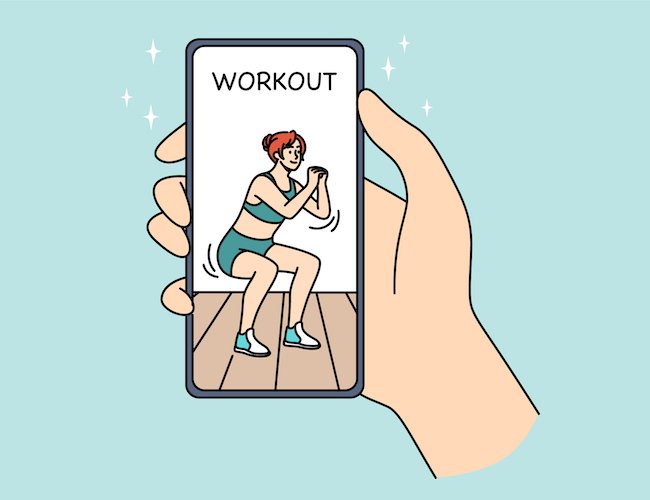According to the World Health Organization (WHO), burnout is characterized by “feelings of energy depletion or exhaustion; increased mental distance from one’s job, or feelings of negativism or cynicism related to one’s job; and reduced professional efficacy.”
This workplace ailment is becoming increasingly common. According to a recent study on workplace burnout conducted by Indeed, 52% of respondents reported feeling burned out, and 67% claimed that the feeling has worsened over the past year.
Many of the tools that have been developed to combat burnout take a surprising approach. In particular, a growing subset of anti-burnout products requires users to interact with technology. Given that several studies point to technology as a common source of burnout, businesses may be reluctant to incorporate technology into their burnout prevention strategies.
To gain a sense of the general sentiment towards the use of technology in burnout prevention, Wellable asked the large, growing, and dedicated community of human resources and wellness professionals subscribed to the Wellable Newsletter whether they would use technology to prevent burnout.
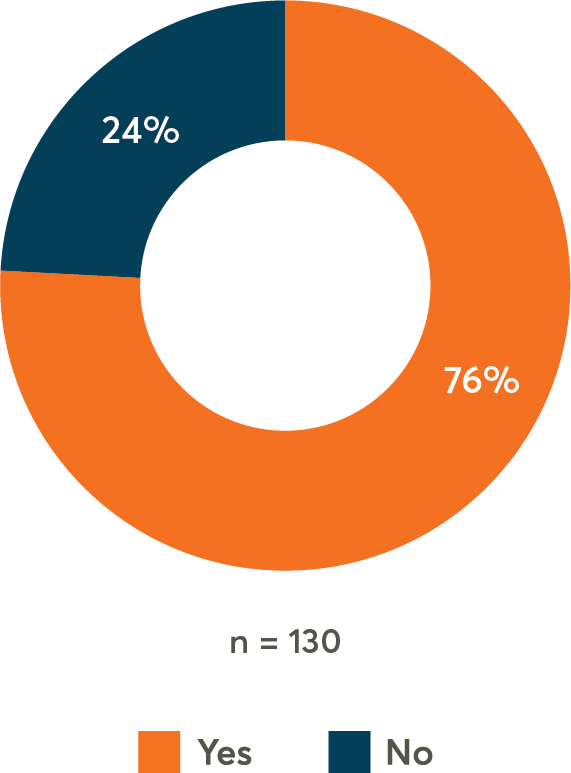
Why Technology Might Also Be The Cure
While a technological burnout solution seems paradoxical, several leaders in the field have put forth well-thought-out reasons for thinking that, although technology is a source of burnout, it’s also good for prevention and treatment.
Technology Is Good At Detecting The Early Warning Signs Of Burnout
The earlier burnout is caught, the easier it is to treat. However, as Danielle Owen Whitford, Founder and CEO of Pioneera, notes, when it comes to tracking the early warning signs, employees “often miss them because [they’re] too busy to see them, […] particularly as [their] stress escalates towards burnout.” In other words, most individuals don’t have the time, processing power, or tools needed to track, measure, and analyze all the relevant behaviors and physiological markers to determine if they are indicative of burnout.
Several companies are working on or have already produced burnout trackers. These stress detection and management technologies look for key signs of burnout (e.g., an elevated heart rate, increased time spent on emails, changes in language and communication, etc.). Additionally, they provide users with real-time information on their stress levels and encourage them to engage in personalized stress-reducing behaviors. For example, Microsoft is developing patents (see below) for such technologies as well as rolling out a number of features in their existing suite of products to reduce burnout.
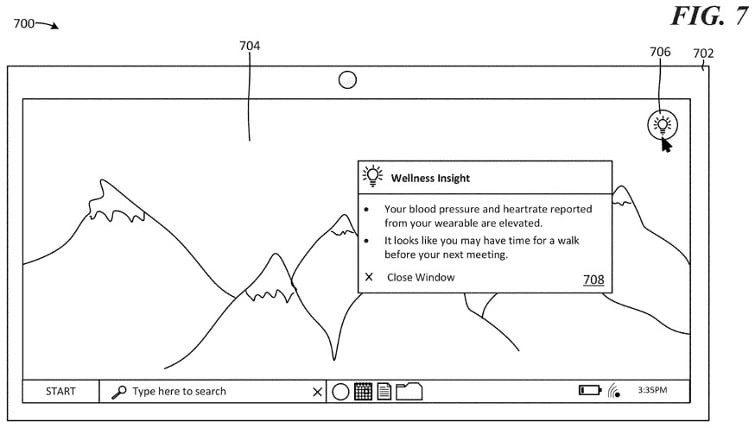
Image taken from Microsoft’s patent
By keeping tabs on the core burnout metrics and offering personalized anti-burnout tips, burnout tracking technologies can help employees stay well at work.
Technology Can Take Over Burnout-Inducing Tasks
Mundane, monotonous tasks can quickly drain one’s mental energy reserves. When more cognitively taxing tasks are placed on top of boring, repetitive ones, dangerously high levels of stress and energy depletion are likely to arise over time.
AI is rapidly gaining the ability to take over more and more of these time-consuming functions, freeing up knowledge workers’ minds to focus on tasks that require greater focus and care. For instance, lawyers are starting to use AI to scour the legal literature for precedents that support their arguments. With time and mental energy saved, they can mitigate burnout and better serve their clients’ needs.
Technology Can Facilitate Relaxation
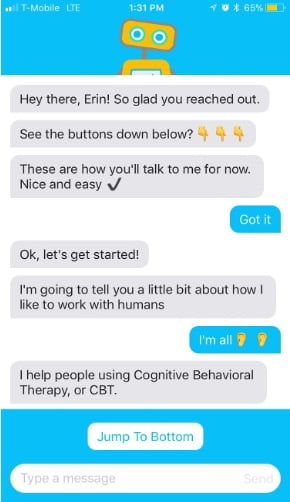
The longer one stays stressed, the more likely they are to become burnt out. However, de-stressing is often easier said than done. While there are several relaxation practices and therapies (e.g., mindfulness, meditation, cognitive behavioral therapy, etc.), holding oneself to a consistent relaxation regimen becomes exceedingly effortful when experiencing the symptoms of burnout, which often include feelings of fatigue and lethargy.
Several anti-stress apps have been designed to help individuals overcome and mitigate burnout. Skill-based apps (e.g., Headspace or Calm) help users strengthen their ability to engage in stress-reducing activities and solidify healthy patterns that stave off burnout before it becomes a problem.
Other apps are better suited for helping workers remediate burnout that has already developed. For instance, some apps allow users to reverse the effects of stress-related ailments by interacting with “robot therapists.” These digital de-destressing gurus provide users with instructions on how to deploy scientifically validated techniques in the comfort of their homes and send them encouraging reminders to continue working on their emotional health.
Many of these apps are in their very early stages. However, as they continue to improve, they will become an indispensable part of every employee’s anti-burnout toolkit.
Takeaway
The relationship between burnout and technology is complex. While certain technologies cause burnout in certain circumstances, other technological tools mitigate it by empowering employees with information, taking over burnout-inducing tasks, and making anti-stress techniques easier to adopt.




